Great Egrets at the High Island Smith Oaks Rookery, TX
/Nikon D500, 300mm f/4 + 1.4x tc, April, 2017
David Sparks
Nikon D500, 300mm f/4 + 1.4x tc, April, 2017
Betty and I were married.

We met in a genetics class.
The event was the first meeting of the lab component of an upper level undergraduate course in genetics that I was taking as part of my graduate minor. As students arrived, they were told to pair up as lab partners. The even number of students in the room when I arrived had already formed pairs. For a brief period, I was the only student without a lab partner. A few minutes later, Betty Ellis arrived and we became lab partners. Coffee after class transitioned into study dates which evolved into a state in which we were considering marriage.
Betty obtained her B.S. degree before I received my Ph.D. She graduated in January 1963 and accepted a research assistant position at Southern Research Institute in Birmingham. After Betty began working in Birmingham, I learned that my application for a National Science Postdoctoral Fellowship in the Department of Neurosurgery at the University of Mississippi Medical School in Jackson, MS had been approved. We needed to reach a decision about whether or not we were staying together. The wedding was in Birmingham the last day of August 1963.

The day after the marriage, we drove to Jackson MS in the 1958 black Chevrolet Impala convertible I had won in a poker game. Cousins Barry & Brent attached the Just Married Sign and tied the tin cans to the bumper.

Betty’s sudden and unexpected death occurred in March 2019. Sudden perforations of her intestine sent her into septic shock and her body was not able to cope.
I am grateful that Betty did not have a long sustained illness with lots of pain and that her death was relatively quick allowing her to avoid her nightmare of spending years in a nursing home unable to attend to her own functions and with loss of cognitive functions.
I will spend today remembering the almost 56 years we spent together and working to complete a book containing images of the family gatherings that were so important to her and that added immense amounts of joy to her life.
As you get older, your lifestyle changes and your need for various things changes too. In terms of living space, I now have very little need for a dining room and I have modified it to accommodate my current needs.
Until recently the table, chairs, and china cabinet shown in this photo (taken in a previous abode) were in the dining room in the condo.
This is a photo I took of the “dining room” today.
The view from a slightly different angle. This modification to the room meshes much better with my current lifestyle, and the dining room table and china cabinet fit the lifestyle of the current owners (family members who live in Colorado).
The photo of the puffin (on the back wall to the right of the monitor) does not have a frame. It will be replaced with a larger framed print soon.

Zebras

Zebras

Zebras

East African Oryx

East African Oryx

Hippopotamus

Giraffe

Wildebeest

Wildebeest

Grant’s Gazelle

Topi antelope

Bat-eared Fox

African Wildcat

Hyenah
Preen

White morph Reddish Egret - Rollover Pass, Bolivar Peninsula, Texas - 09/24/2003
The full image is shown below.

: August 8, 2023
verb PREEN
To preen is to make ones's appearance neat and tidy or to behave or speak with obvious pride or self-satisfaction. In ornithology, preen means "to groom with the bill."
// She stood preening herself in front of the mirror.
// The award-winners were preening backstage.
"One day, I crossed the Nakdong River on foot, over a bridge connecting the neighborhood of Hadan to Eulsuk Island. That area, where the river meets the ocean, had been the site of the Nakdong Bulge, part of a monthlong battle in 1950. It is now an estuary for migrating birds, and I thrilled at seeing a great egret preen on a glittering field of water." — E. Tammy Kim, The New Yorker, 6 Jan. 2023
Preen hatched in 14th-century Middle English, and early on it displayed various spelling forms, including prenen, prayne, prene, and preyne. The word traces to the Anglo-French puroindre, or proindre, linking pur-, meaning "thoroughly," with uindre, oindre, meaning "to anoint or rub." One of the first writers known to apply preen to the human act of primping was Geoffrey Chaucer in The Canterbury Tales: "He preens himself and prunes and combs his curls / To take the fancy of this queen of girls." Centuries later (sometime during the late 19th century), the prideful meaning of preen took flight, joining bird-related verbs plume, which was being used with the meaning "to pride or congratulate (oneself)," and peacock, a word still used today to mean "to show off."
This link contains more interesting information.
I spent 4 days in the Gunnison/Crested Butte area last week. The Crested Butte Wildflower Festival was ongoing. The trails and back roads were crowded and dusty. But the scenery was beautiful!
Click on each of the images to see a larger view.
A view of the East river from CO-317 north of Mt. Crested Butte.
Olympus OM-1 camera with 12-100mm f/4 lens at 24mm
I discovered that one need not be on one of the busy hiking trails to obtain outstanding views of the wildflowers in the Crested Butte area. This photo was taken from my car when I stopped momentarily in the driveway to one of the homes in Mt. Crested Butte.
Olympus OM-1 camera with 12-100mm f/4 lens at 34mm
A short hike preceded the acquisition of this image.
Olympus OM-1 camera with 12-100mm f/4 lens at 47mm
The view from the end of CO-727, an offshoot of CO-730 which follows Ohio Creek and can be used to travel from Gunnison through Ohio Pass and Kebler Pass to reach CO-12, a few miles from Crested Butte, but not in the winter.
Olympus OM-1 camera with 12-100mm f/4 lens at 34mm
Colorado Columbine (Aquilegia coerulea variety coerulea), the state flower of Colorado. The color of the petals, I learned, is variable and covers a wide range of whites blues, and purples. “Colorado columbine’s beautiful blooms tempt pollinators and people alike to take a closer look. In summer, its beautiful white sepals and violet, lavender, or blue petals add vivid color to the landscape, where plants can occur in the hundreds.” Source of the quote: https://www.flickr.com/photos/retroproxy/2739731086/in/photostream/
Olympus OM-1 camera with 12-100mm f/4 lens at 100mm
Colorado Columbine. The five petals have spurs that are usually longer than the petals.
Olympus OM-1 camera with 150-400mm f/4.5 lens at 213mm in focus bracketing mode
Colorado Columbine
Olympus OM-1 camera with 150-400mm f/4.5 lens at 220mm in focus bracketing mode
Yesterday I picked up 6 prints from the shop where I had them framed. The frame size for 4 prints was 16” x 21”. The frames of the other 2 were 14” x 19”. The images on five of the six prints had been featured in previous blog entries. Because using segments of the text from the earlier entries simplified putting together a blog about the group, this blog post materialized.
Red-breasted Merganser
Nikon D300, 300mm f/4 lens + 1.7x tc
1/1250 sec at f/6.7, ISO 560
The image of the Red-breasted Merganser surfacing near the shrimp boats docked at Joe Patti's Seafood in Pensacola Florida was acquired in January 2009, before the BP oil spill while the boats were still actively working. The "spill" from unloading and cleaning the vessels generated a lot of bird activity. The mergansers were very cautious. They came into the docking area, fed for a short time, swam out into deeper water for a variable time, and then made another excursion into the docking area. As they swam out into deeper water the birds would "submarine", swimming for a long distance with the head and most of the body underwater but with part of the back still visible, and only periodically raise the head out of the water before submerging it again. I could not get the picture I wanted standing on the dock opposite the shrimp boats. I wanted a lower perspective. At low tide I was able to hide in reeds near the entrance to the docking area and photograph the birds as they entered and exited. The conjunction of low tide, sunrise, and cooperative birds occurred on the third morning I was trying to capture this shot. Reflections of the shrimp boats bottom paint produced the blue in the waves.
Elegant Trogon
Nikon D300, 500mm f/4 lens with 1.7x tc
1/1250 sec at f/7.1, ISO 400
In 2010 I received an email message from a friend who works at Stanford University asking if I would be interested in joining him and his son in an outing photographing California wildflowers. A banner year for wildflowers was predicted because of higher than usual rainfall levels. I accepted the invitation and decided to drive to California making stops along the way to explore birding hotspots that I had not yet visited.
When I arrived at the head of the Sonoita Creek Trail in Patagonia Lake State Park south of Tucson on April 6, one of the hotspots I had never visited, birders were talking about the Elegant Trogon they had seen. I asked for directions, but since this was my first visit, the cognitive map that emerged was, at best, very crude. Two other birders about to enter the trail were also listening to the directions and, since they had visited the park previously, I joined them in the search for the bird. We took a right turn, presumably as directed, but walked a long distance without seeing the small group of birders we were told would still be viewing the bird. The two other birders thought we had made a wrong turn and were about to turn back when I asked them to wait until I went over a small rise to make sure the group of birders we were expecting to see was not just ahead. As I reached the top of the rise in the trail, I flushed the Trogon. It flew back toward the other two birders and landed in a thicket. I found a small opening in the branches that allowed a partial photo of the bird. The bird caught and consumed a larva and then flew further back toward the main path. At the new location, I set up my tripod at ground level and, lying flat on the ground, had a full view of the Elegant Trogon on its perch through a small opening. What great luck – to see this rare and beautiful bird on my first birding trip to Arizona. The Elegant Trogon is a native of Mexico and Central America, but in the United States it breeds only in a few of Arizona’s southern canyons. In 2010, Audubon estimated that 50 pairs nested in Arizona.
Sandhill Cranes
Nikon D4 + 500mm f/4 lens +1.4x tc
1/1600 sec at f/10, ISO 1800
In March 2015 I spent a few days photographing birds at the Green Cay Nature Center & Wetlands, Wakodahatchee Wetlands, and Loxahatchee NWR in south Florida. While there, a local birder posted a note on eBird about an adult and chick Sandhill Crane feeding in a nearby residential area. I found the area and captured the image shown above.
Bald Eagle
Nikon D500 + 500mm f/4
1/2000 sec at f/5.6, ISO 6400
Alaska Chilkat Bald Eagle Preserve near Haines Alaska
A visit to the Alaska Chilkat Bald Eagle Preserve near Haines Alaska had been on my bucket list for several years when I signed up for Andy Long's photography WORKSHOP and spent 6 days there. I wish I had not waited so long to visit this spectacular place. We met in Juneau on Nov. 10 2017, took a short flight to Haines on the 11th (the scheduled ferry trip was cancelled), and the ferry back to Juneau in the late afternoon on the 17th. I arrived a day early to spend time exploring Juneau.
Bald Eagle
Nikon D500 + 500mm f/4
1/1250 sec at f/4, ISO 1600
Alaska Chilkat Bald Eagle Preserve near Haines Alaska
The Chilkat Preserve is the site of largest concentration of Bald Eagles in the world. Thousands of Bald Eagles gather there to feed during the late run of chum salmon from November through January. The Takhinsha Mountains provide a stunning backdrop for photographing the eagles and other wildlife. The rivers that converge in the preserve have deposited gravel and sediment into the floor of the valley for thousands of years and gravel beds reach depths of 200-800 feet below the surface of the river. A huge reservoir of water is contained in the gravel. The water stored here stays above freezing, seeps into the Chilkat River throughout the winter, and keeps parts of the river ice-free. Salmon runs in these ice-free areas attract the eagles, bears when active, and other birds and wildlife.
Wood Duck
Olympus OM-D E-M1 Mark II camera,
300mm f/4 IS Pro Lens
1/2000 sec at f/4, ISO 1000
This photo was taken in October 2018 at Sterne Park in Littleton CO. The resident Wood Ducks were back in beautiful plumage. Usually, the birds are scattered in pairs or small groups in various parts of the small lake. On this visit they were congregated out of the water around the crabapple trees adjacent to the walkway from the parking lot. The ducks were eating the fruit that had fallen from the trees. When walkers or bikers appeared, the birds would fly back into the water but they returned to the trees to continue feeding after a brief delay.

Yellow Warbler

Prothonotary Warbler

Baltimore Oriole

Worm-eating Warbler

Rose-breasted Grosbeak

Red-eyed Vireo

Yellow-breasted Vireo

Easter Wood-Pewee

Easter Wood-Pewee

Semipalmated Plover

Semipalmated Plover

Semipalmated Plover

Spotted Sandpiper

Whimbrel

Forster's Tern

Royal Tern

Black-bellied Whistling Duck

Crested Caracara

Yellow-crowned Night Heron

Clapper Rail

Least Bittern

Common Nighthawk

Scarlet Tanager
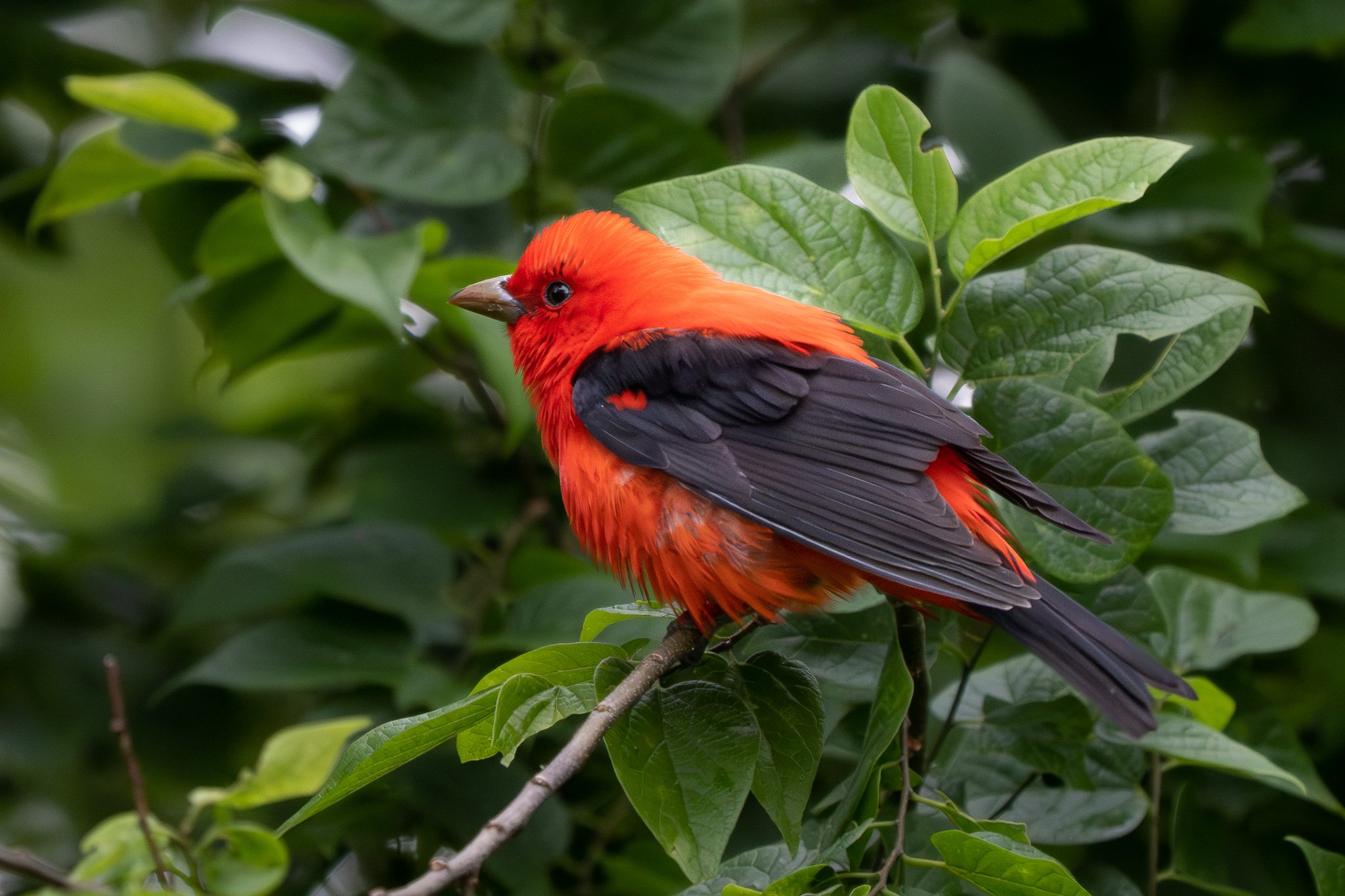
Scarlet Tanager
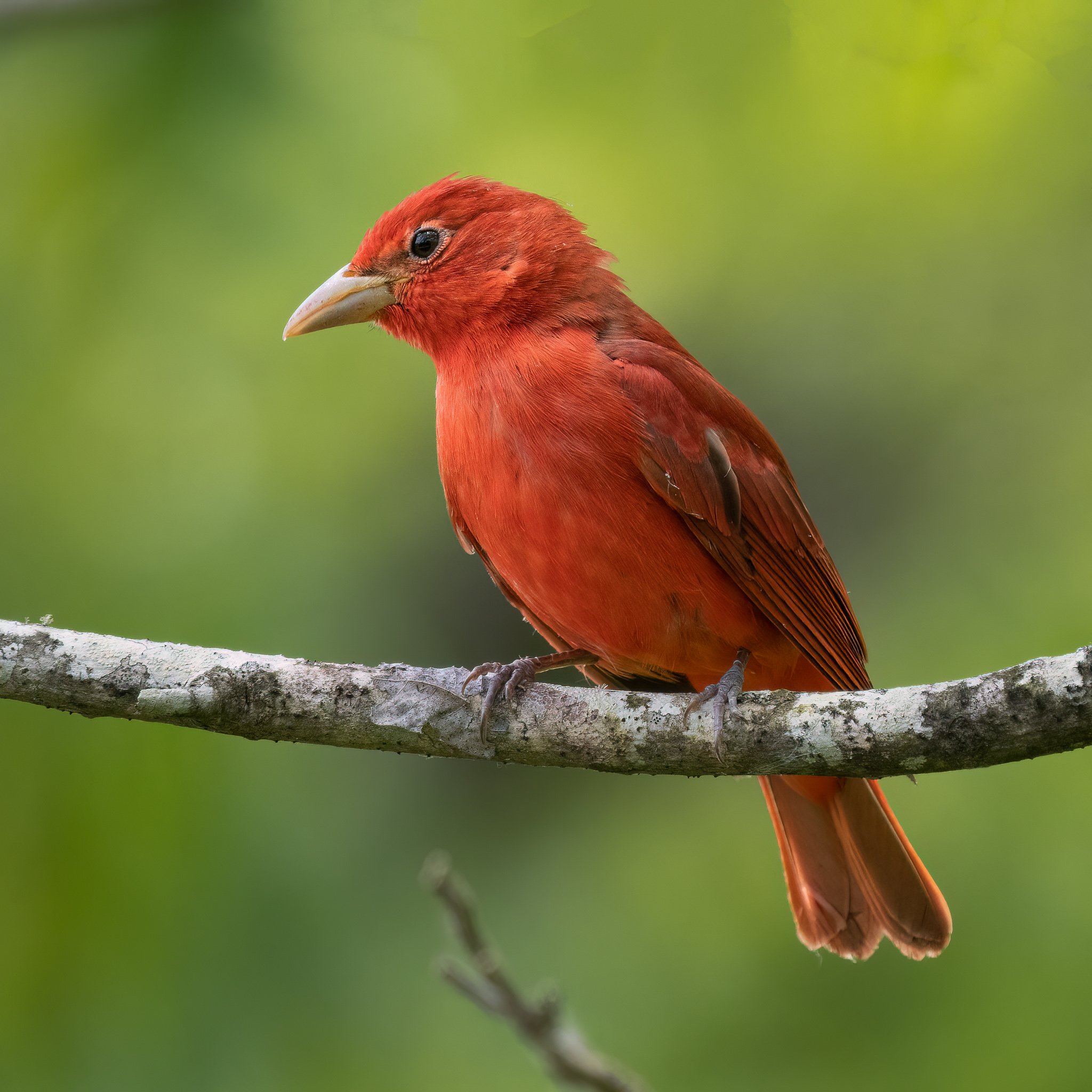
Summer Tanager
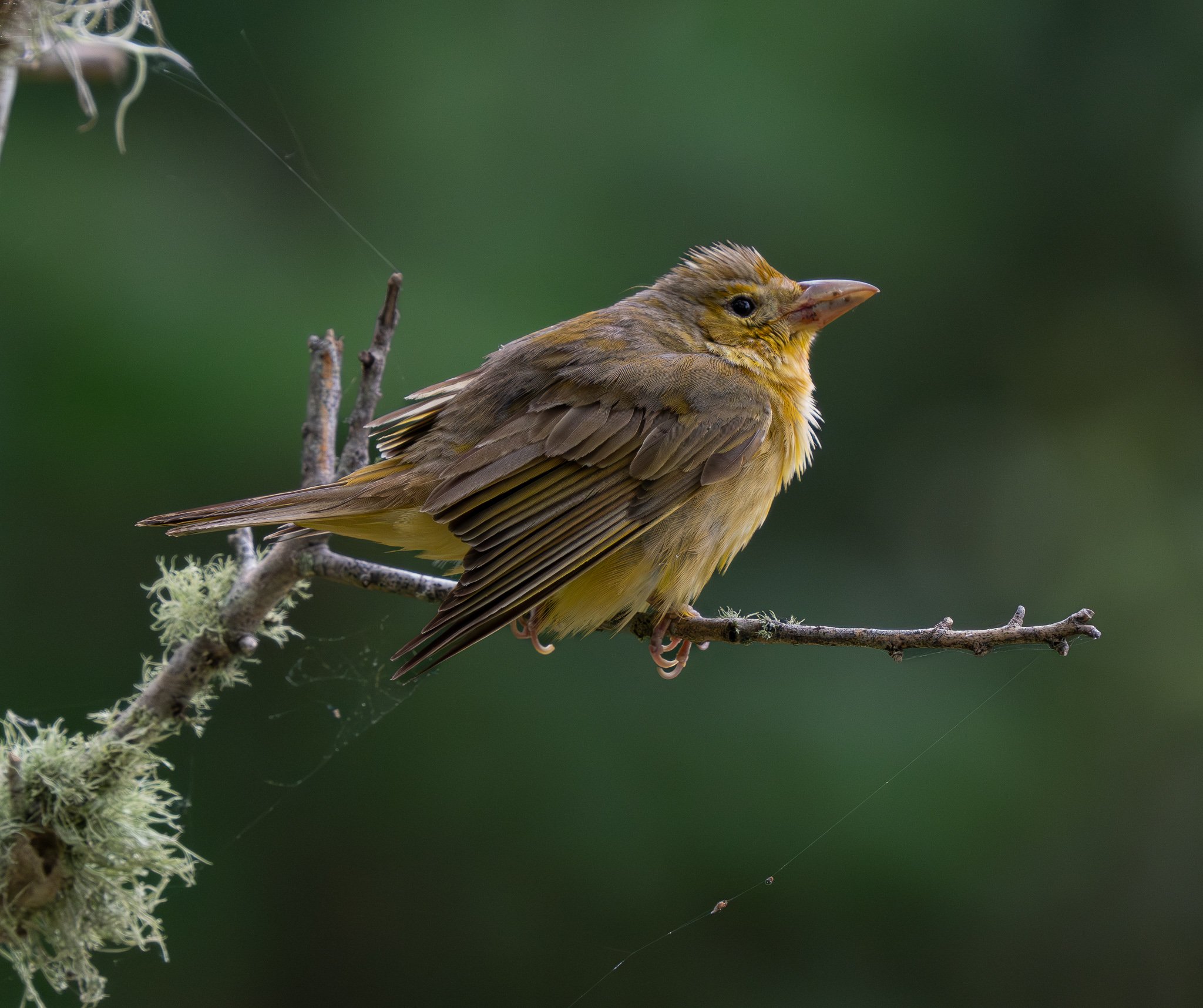
Summer Tanager

Tree Swallow
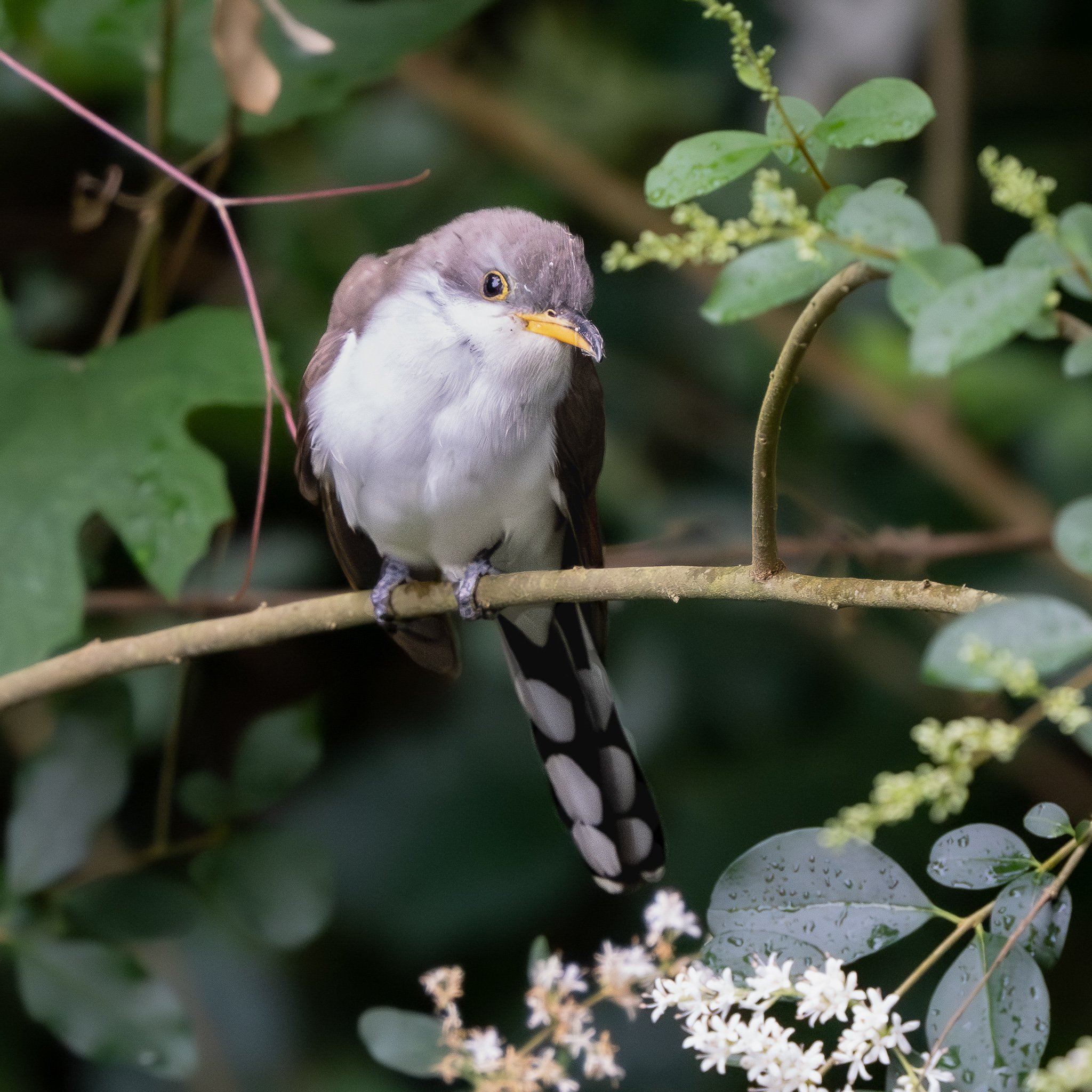
Yellow-billed Cuckoo

Yellow-billed Cuckoo

Blackburnian Warbler
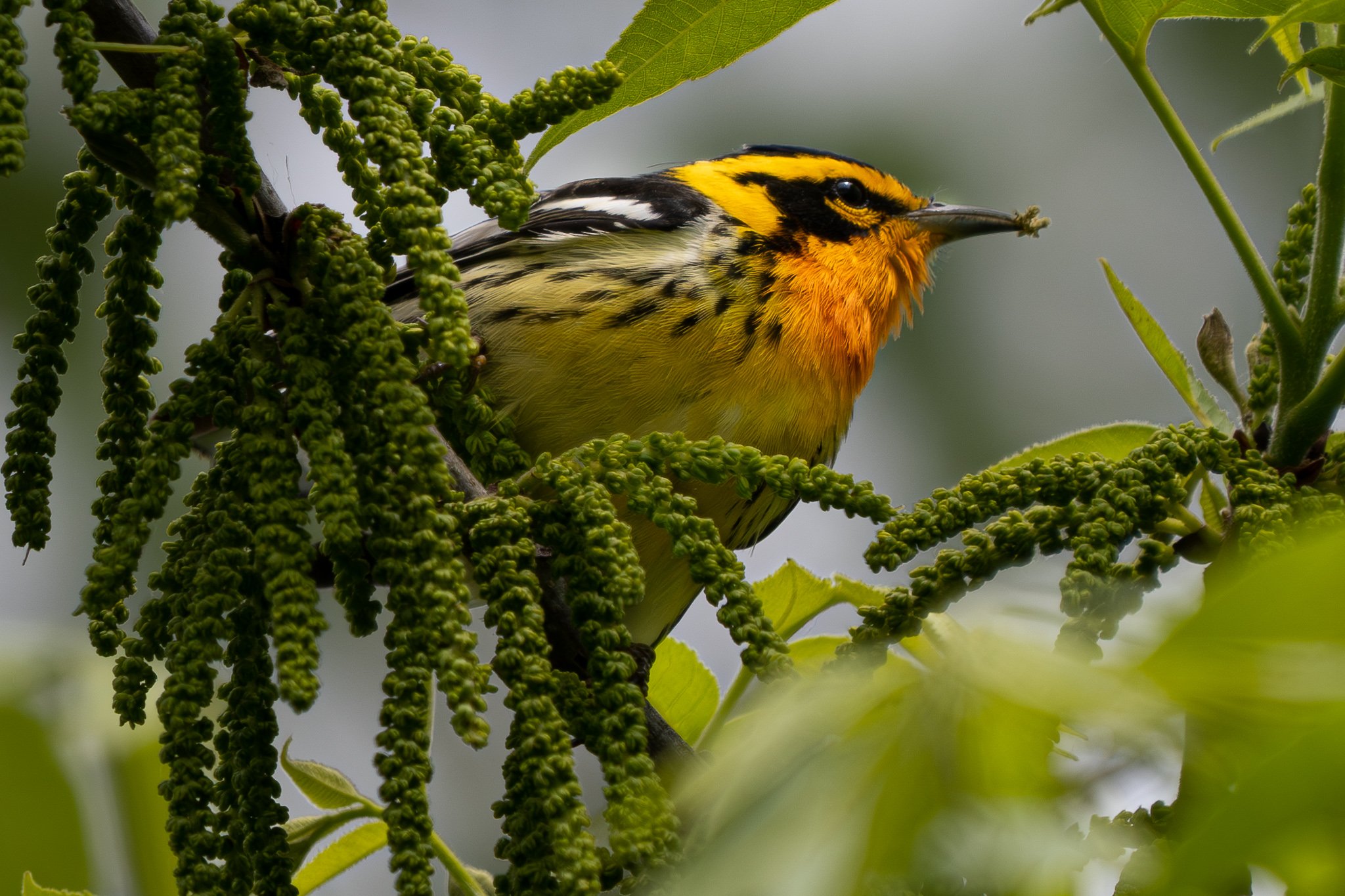
Blackburnian Warbler
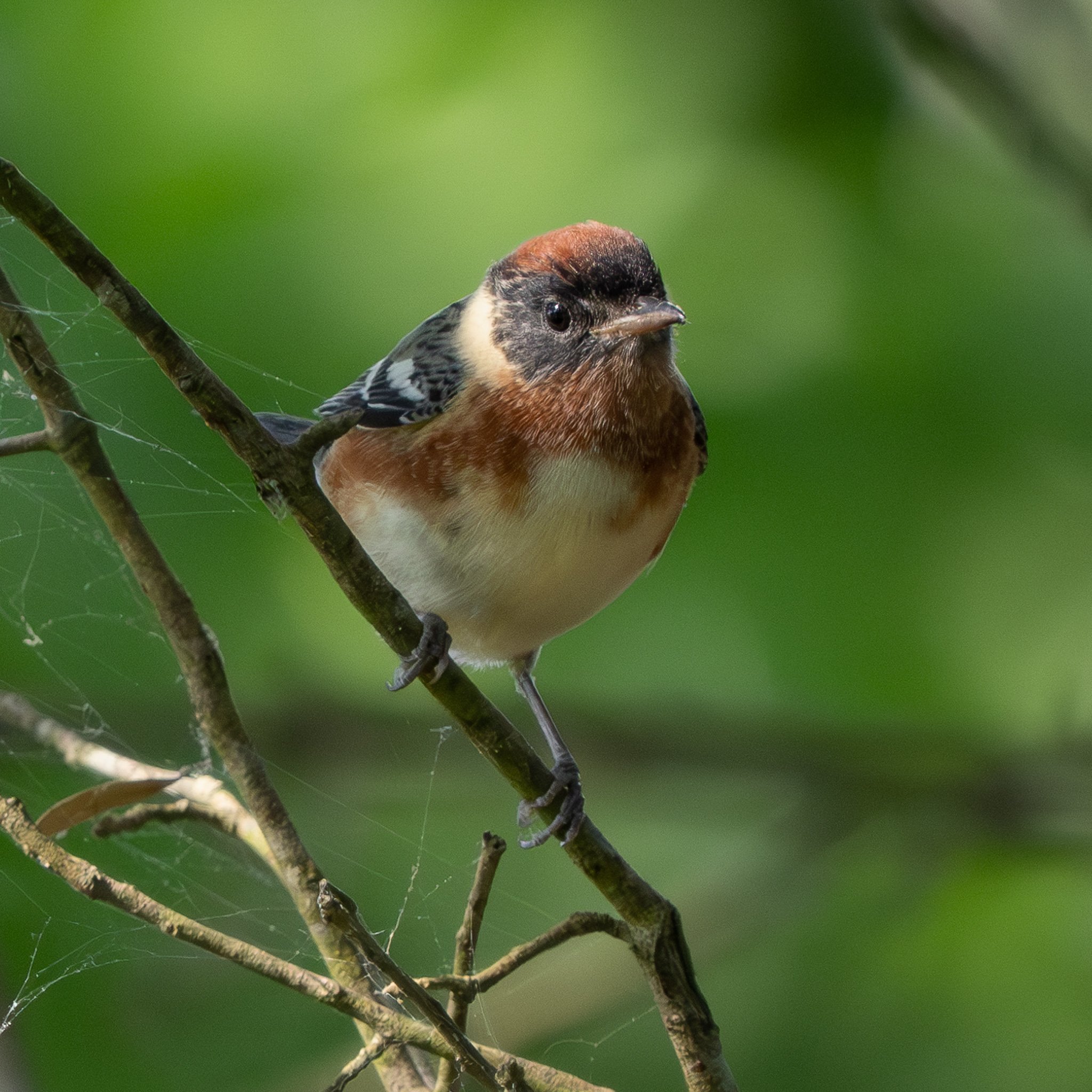
Bay-breasted Warbler

Chestnut-sided Warbler
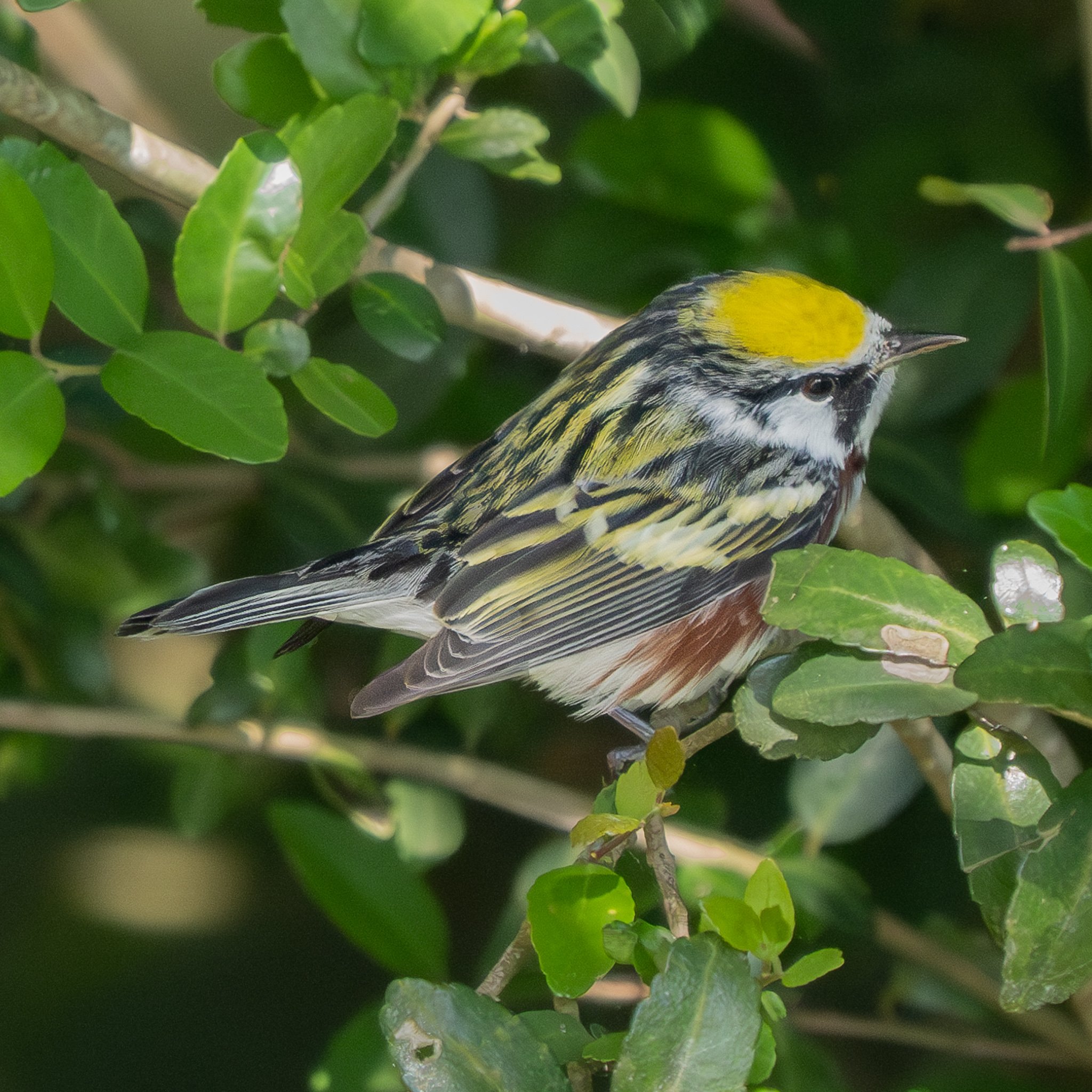
Chestnut-sided Warbler
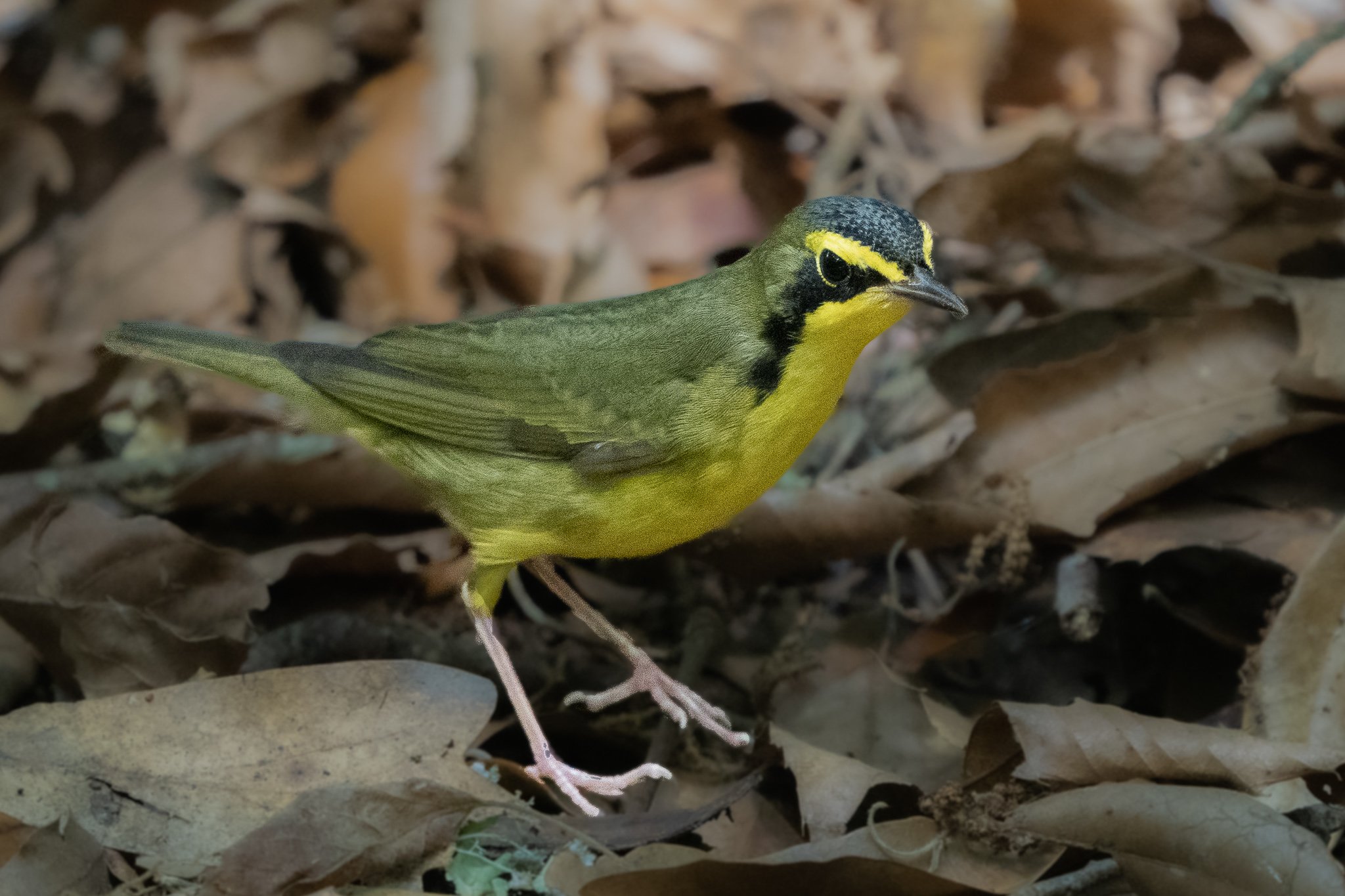
Kentucky Warbler
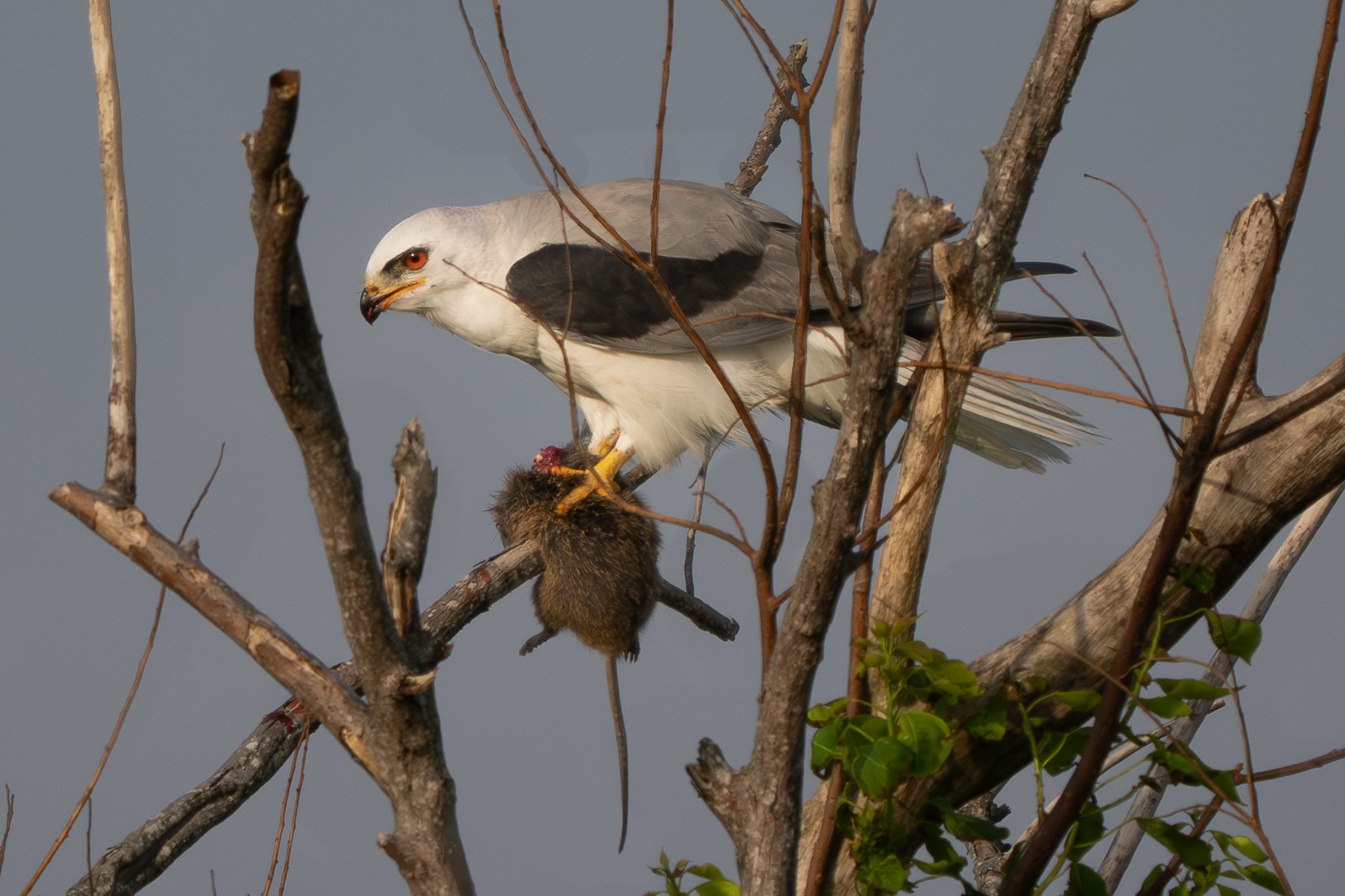
White-tailed Kite

Yellow-crowned Night Heron
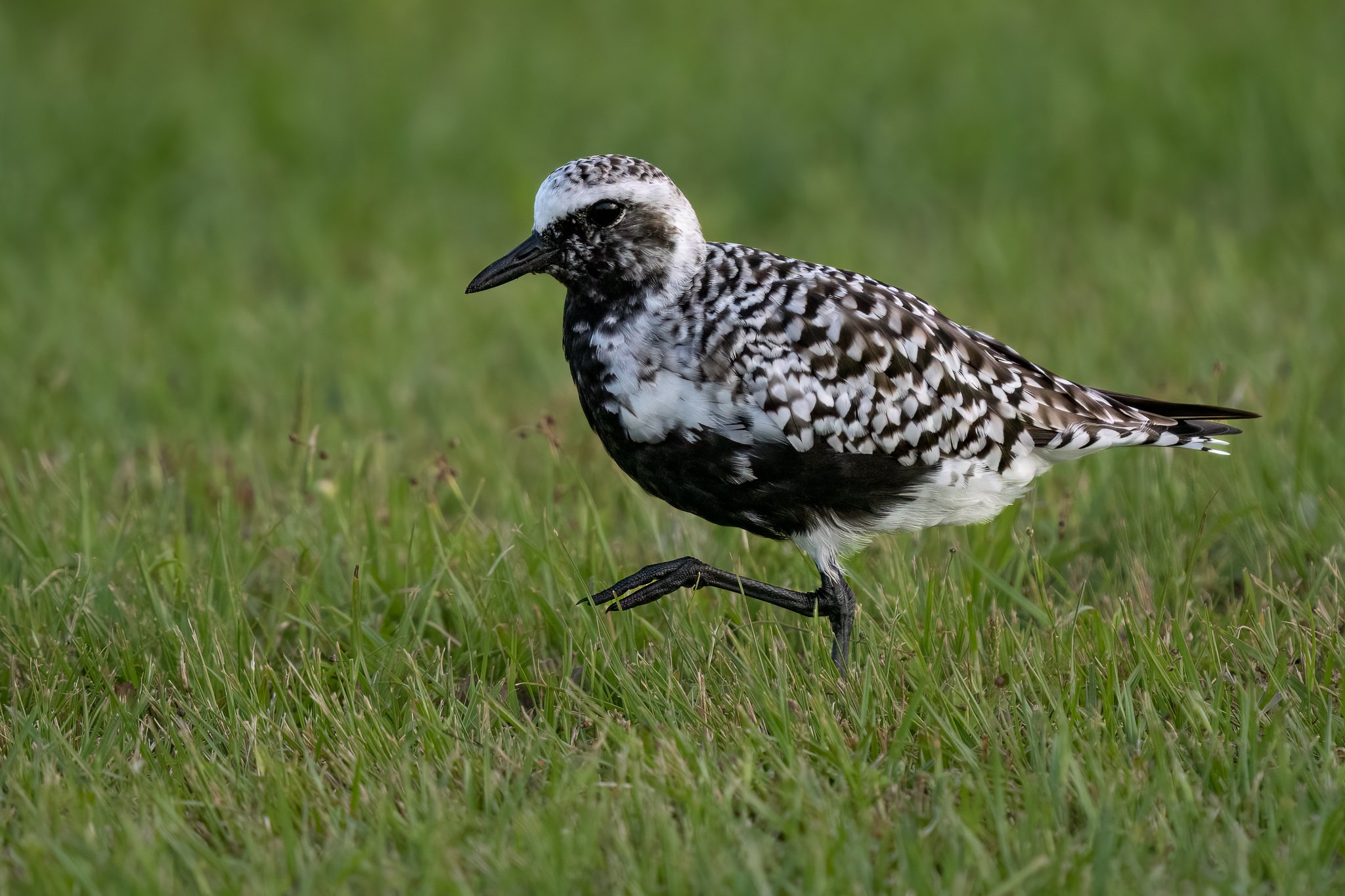
Black-bellied Plover
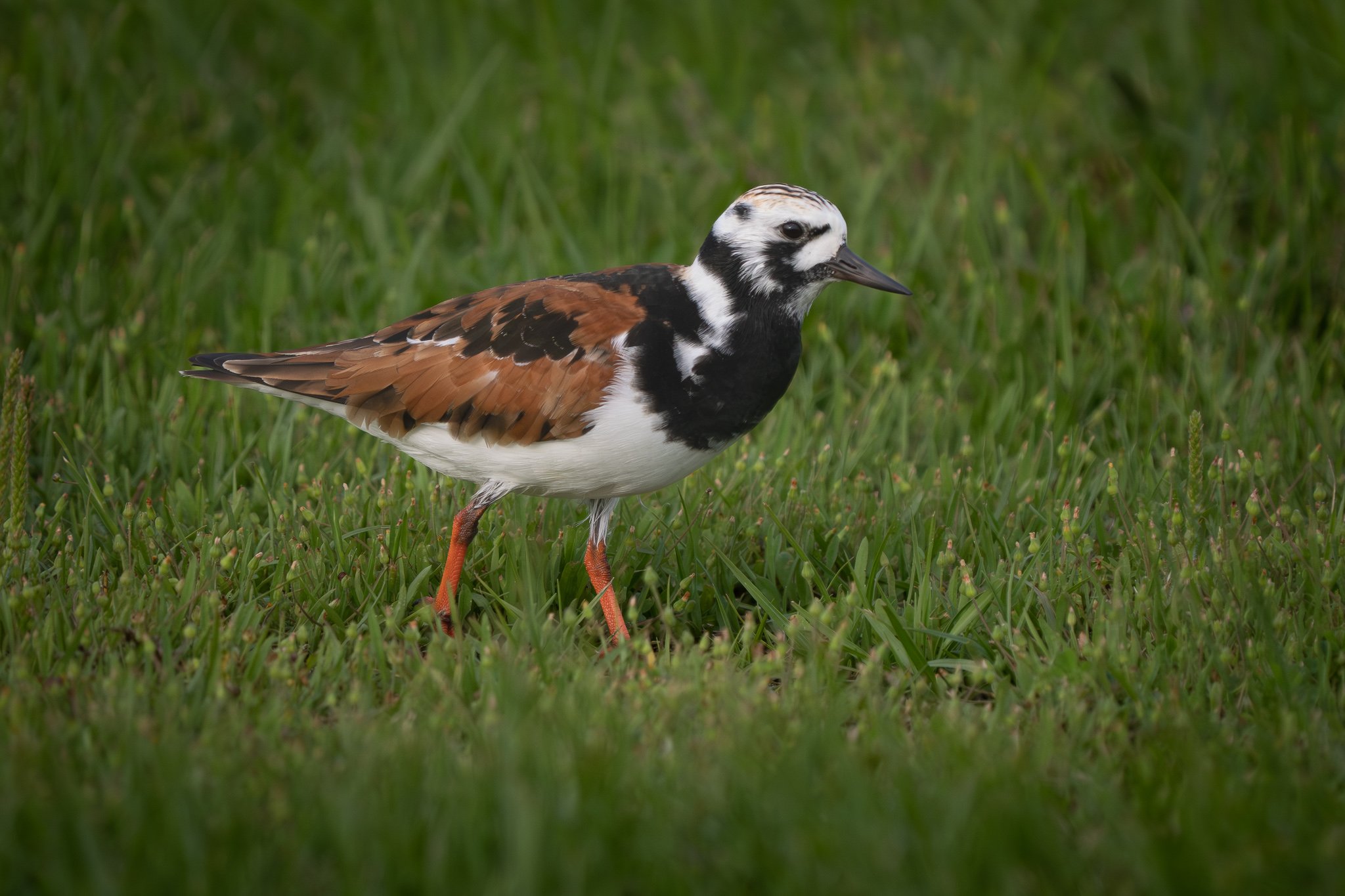
Ruddy Turnstone

Brown Pelican

American Avocets
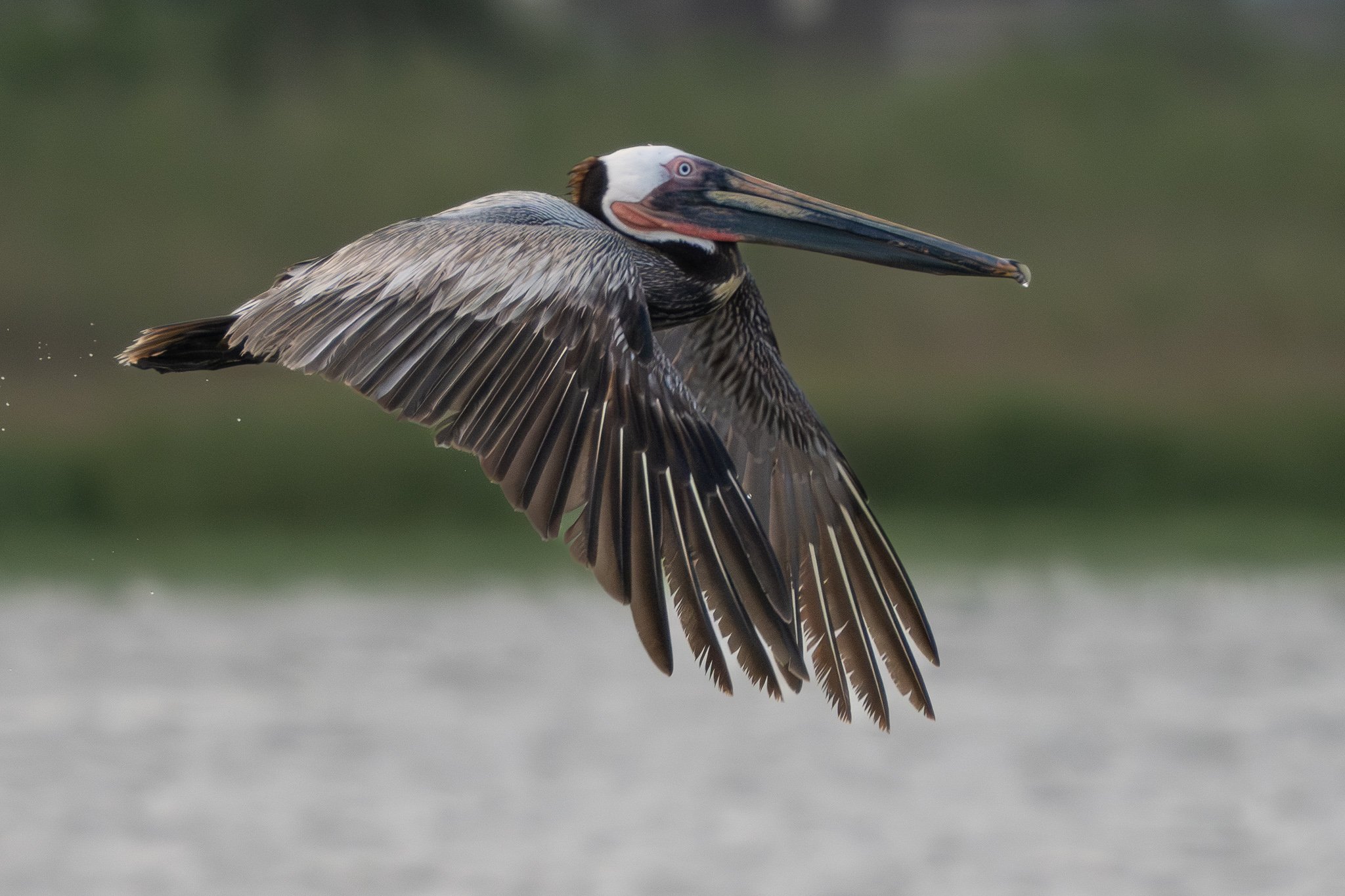
Brown Pelican

American Avocets
Photos taken April 24, 2023. Bolivar Peninsula, TX.








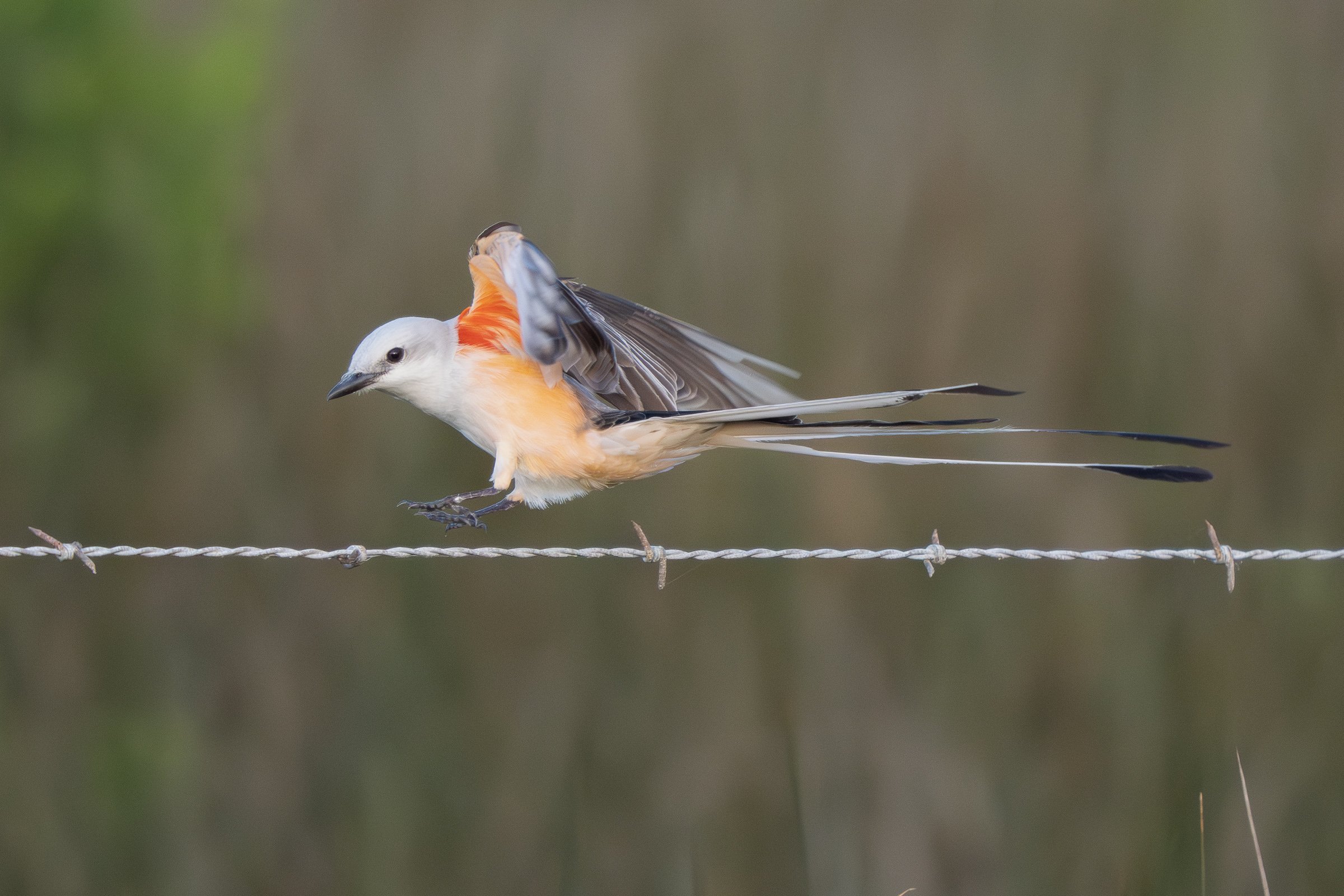



African Grey Woodpecker

Long-tailed Fiscal

Northern White-crowned Shrike

White-headed Buffalo-Weaver

Augur Buzzard

Speke’s Weaver

D’Arnaud’s Barbet

D’Arnaud’s Barbet

Northern White-crowned Shrike

Tawny Eagle

Pearl-spotted Owl

Red-billed Hornbill

Helmeted Guineafowl

Common Ostrich

Common Ostrich

Marabou Stork

Marabou Stork

Abdim’s Stork,

Ruppell’s Griffon Vulture

Lappet-faced Vulture

Ruppell’s Griffon Vulture
Fourteen posts with photos and text related to a 2020 safari in Tanzania have been presented here previously. The supply of images depicting the amazing wildlife we observed during the trip was not depleted by those presentations, but entries about other topics appeared instead. In an effort to preserve memories of the trip, I recently reviewed the photos I saved from the trip and generated five additional blog entries.
Flamingo

Pied Avocet

Pied Avocet

African Spoonbill

Three-banded Plover

Blacksmith Plover

Blacksmith Plover

Double-banded Courser

Crested Bustard

Egyptian Goose

White Browed Coucal
The Black Point Wildlife Drive is a seven mile long, one-way dirt road through part of the Merritt Island NWR near Titusville, Florida. On January 2, 2023, following the schedule I had established on previous days, I arrived at one of the pools of water adjacent to a segment of the drive about 30 minutes before sunrise. The first three photos illustrate the conditions present at Merritt that morning. The first photo was taken about 30 minutes before sunrise. The second was taken five minutes later at a different location. The third photo is of the photographers I was following at the end of my two-hour-long first loop around the Black Point drive.
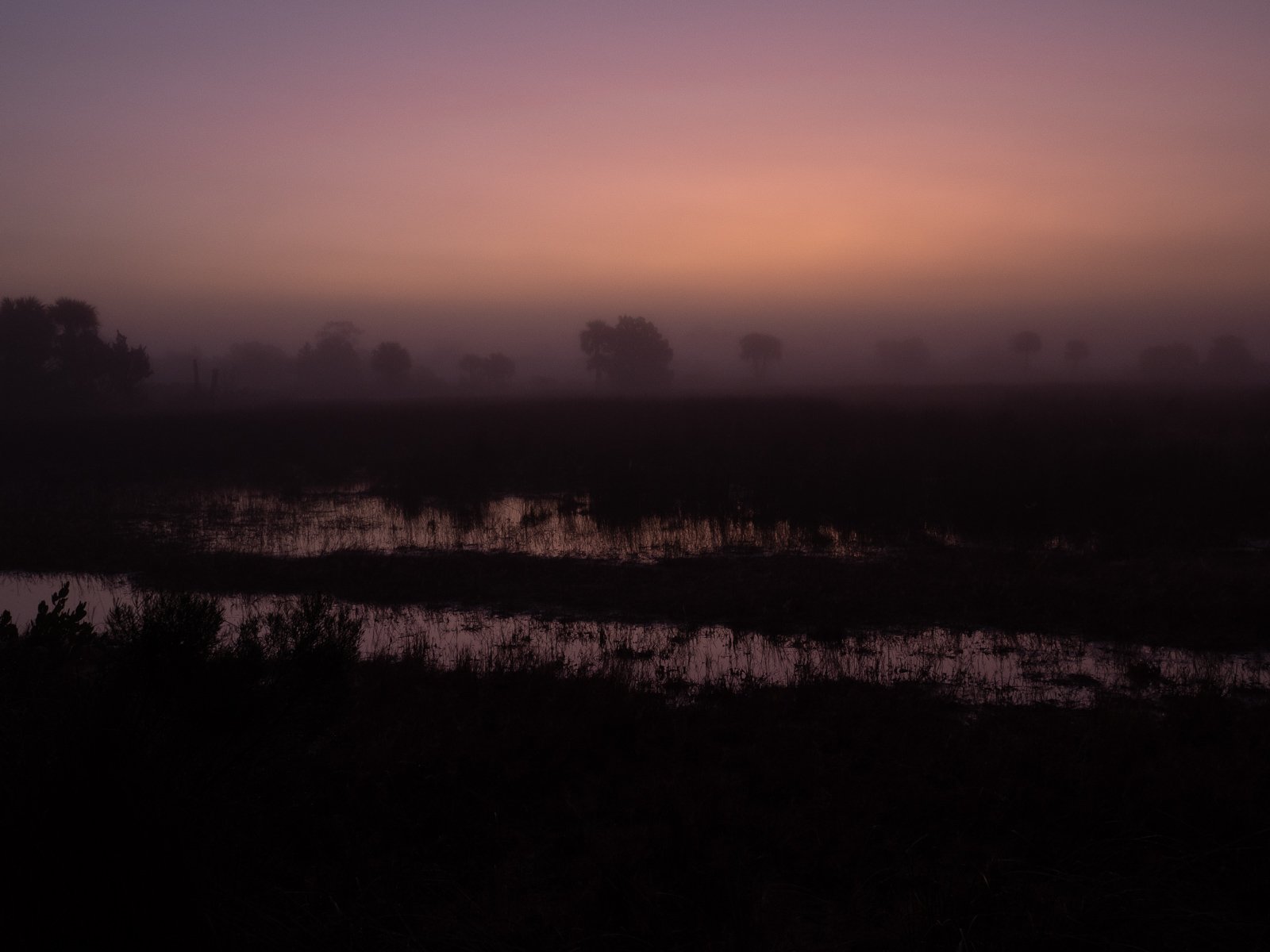
Photo illustrating the light conditions at one part of the Wildlife drive about 30 min before sunrise.
Photo illustrating the light conditions at a different part of the Wildlife drive about 5 minutes later.
The fog was still present when I finished my first loop around the trail two hours after beginning the drive.
As illustrated here, the initial photos I took of the birds feeding at the pool of water where I had stopped were nondescript. Taken in the fog when the light levels were low, they were lacking in detail and color. Nonetheless, I found it interesting that, because of the stillness of the water and the distribution of the available light in the fog, the reflection of the bird in the water had almost as much detail as that seen in the bird itself.
Sometimes the photos from that morning contained the images of two or more birds and their reflections. I liked the effect of some of these shots enough that, subsequently, I have spent some of my time experimenting with ways to photographically exploit the detail that is present in the reflections when light levels are greater. I will post results of this experimentation later.
The fog conditions varied as time and location changed. Some images generated (for me) a mystical feeling. This photo and the next one are examples of those that did so.
Reddish Egret and Roseate Spoonbills feeding on a foggy morning at the Merritt Island NWR.
The last five images are of a Great Egret. The bird appeared to emerge from the screen when I first saw them. The white feathers of the bird seemed to collect almost all of the available light and the relative absence of light in the surrounding water creates an illusory vignette.
I am intrigued by the photographic effects of fog. I was inspired to read more about it on the web and found an informative article on The Canadian Nature Photographer web page. Take a look.
I arrived at the entrance to the Black Point Wildlife Drive about 30 minutes before sunrise. On visits earlier in the week, I had noted that Roseate Spoonbills and other wading birds sometimes spend the night at the pool of water near the entrance. When I arrived on this morning, not as many birds were there as I had observed previously, and many of the ones present flew to other locations during the pre-sunrise low light levels.
High ISO, low shutter speed image of some of the birds at the pool near the entrance to the wildlife drive.
As the sun reached the top of the trees behind the pool of water, the reflection of the trees was brighter than the image and reflection of the out of focus Reddish Egret.
When the sun was a little higher, the light on the Roseate Spoonbills produced dramatic images . . .
and it was easier to get good focus on the darker, now actively feeding, Reddish Egret.
Another example.
This Merritt Island trio was the visual equivalent of music to my ears.
Now approximately 20 minutes after sunrise, as illustrated in this and the following four photos, most of the birds begin to leave the pool near the entrance to the wildlife drive.
This Wilson’s Snipe, and a yellowlegs continued to feed on the distant perimeter of the pool after the larger wading birds departed.
An uncropped image of two Wilson’s Snipe and their refections captured with the OM-1 camera and the 150-400 mm lens with the built-in 1.25 teleconverter engaged. I was unaware of the out of focus bird in fight when taking the shot.
The chapters of Volume 12 of The History of Neuroscience in Autobiography published by the Society for Neuroscience and edited by Tom Albright and Larry R. Squire are freely accessible on the SfN website: https://www.sfn.org/about/history-of-neuroscience/autobiographical-chapters
It was an honor to be invited to contribute a chapter to this volume. The autobiographies of the authors of scientific papers I read as a graduate student, ones that influenced the direction of my scientific career, are found in early volumes of this collection. A pdf of my chapter in Volume 12 can be downloaded by using this link: https://tinyurl.com/4rhr5mu2
Writing the chapter was one of the projects that occupied my time while living alone in my “cave” during the early days of the COVID-19 pandemic. Jennifer Groh and Shari Hatch provided helpful comments on an early version of the chapter.
Six additional photos taken last week in the Crested Butte region of Colorado.
Click on the image to see a slightly larger version.
I just returned from a photography trip to the Gunnison/Crested Butte region of Colorado. I am still sorting and culling the images. Three photos that captured my attention while doing so are shown below.
The first two photos depict the reflection of a nearby mountain range in the Slate River. The photos were taken near highway 734 to the north and west of Crested Butte.
The Aspen leaves floating in the water partially obscure the reflections of the trunks of four Aspen trees (focus your attention on the gray areas).
I decided to visit the Pawnee National Grassland on Wednesday It is about a 90 minute drive from my condo. It was not my most productive photography outing, but I enjoyed being there and seeing, from a greater distance than I desired, flocks of sparrows and other grassland birds. I saw a fair number of birds, but not so many in my viewfinder. How can I rationalize the failure to capture a greater number of interesting photos? I could blame it on the increase in traffic in the grasslands, but I would need to suppress the memory of what I actually experienced (see photo below).

Or … I could argue that the birds would not let me get close because of the decrease in useable habitat attributable to the marked increase of recent development in the area. But I would need to convince you that the developments in the area were recent.
And I would need to convince myself that the failure to capture some interesting images was not due to slow reflexes.
Perhaps I was expecting too much. It was windy and the birds were staying low in the grass most of the day.
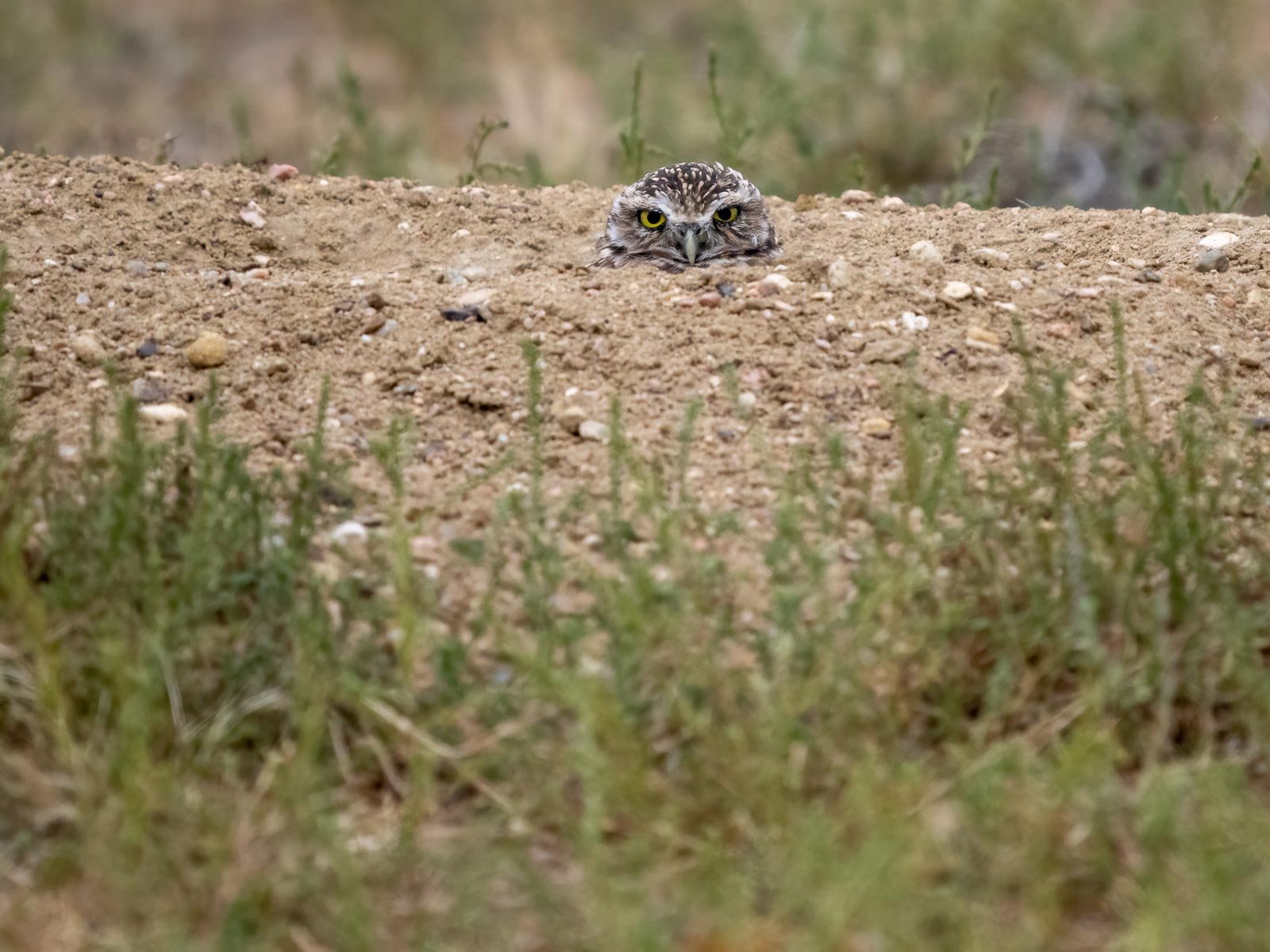
The burrowing owls were not very active. One only peeked at me a few times.
Another one exposed most of its body but did not engage in any interesting behaviors.
I saw numerous McCown’s Longspurs hovering, but at a distance. This image is heavily cropped and over sharpened.
Decent exposure and sharpness on shots of a Brewer’s Sparrow taking flight, but ….
only the back of the head is visible.
This photo of a Rock Wren is o.k., but I wish it was perched on a rock.
This post is not a lament. Consider it a verification of the “Be Prepared” section of Mia McPherson’s blog post entitled So ya think ya want to be a bird photographer? LINK in which she has a section about being prepared to be frustrated. If you haven’t read this entry in her blog, you should.
I am eager to return to the Pawnee National Grassland. Capturing the hovering behavior of the McCown’s Longspurs is now on my bucket list.
Powered by Squarespace.